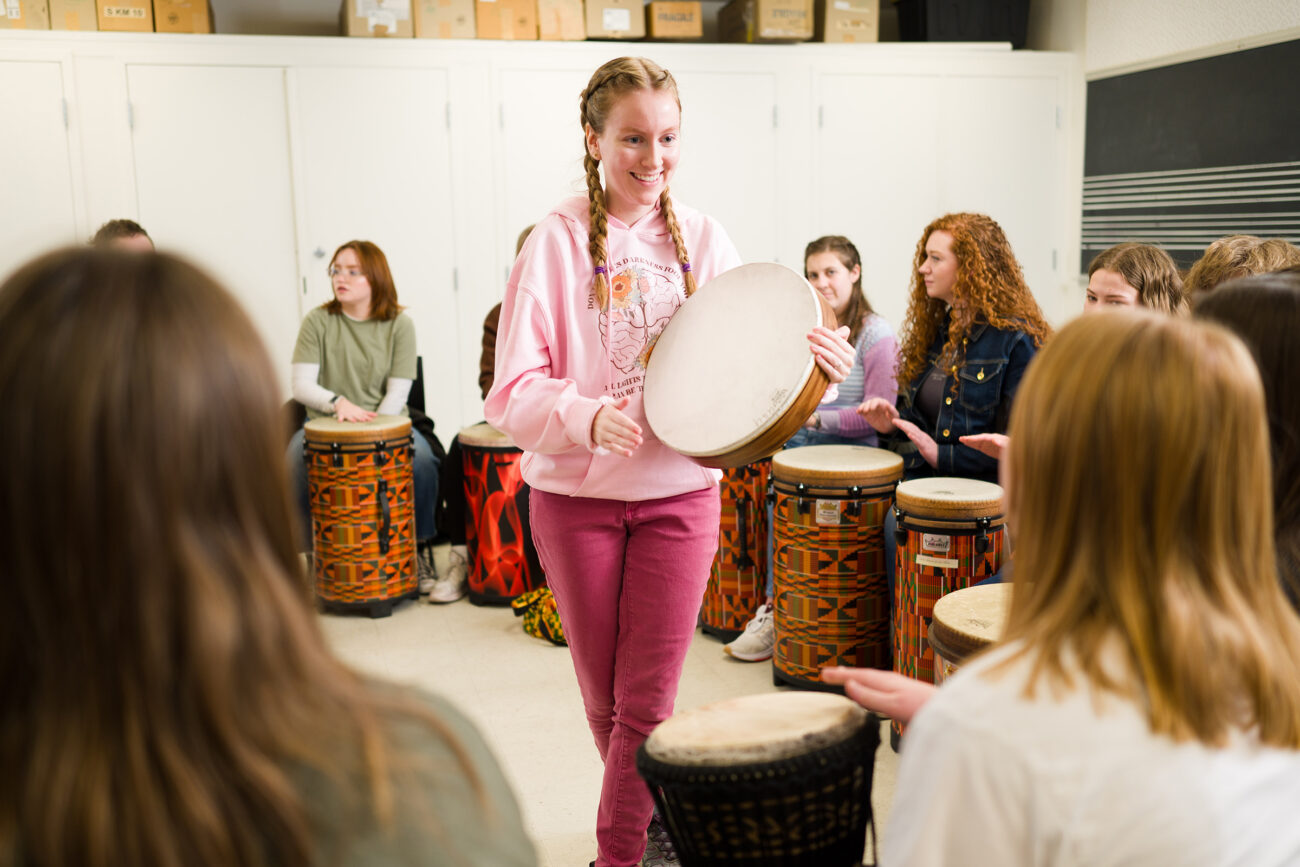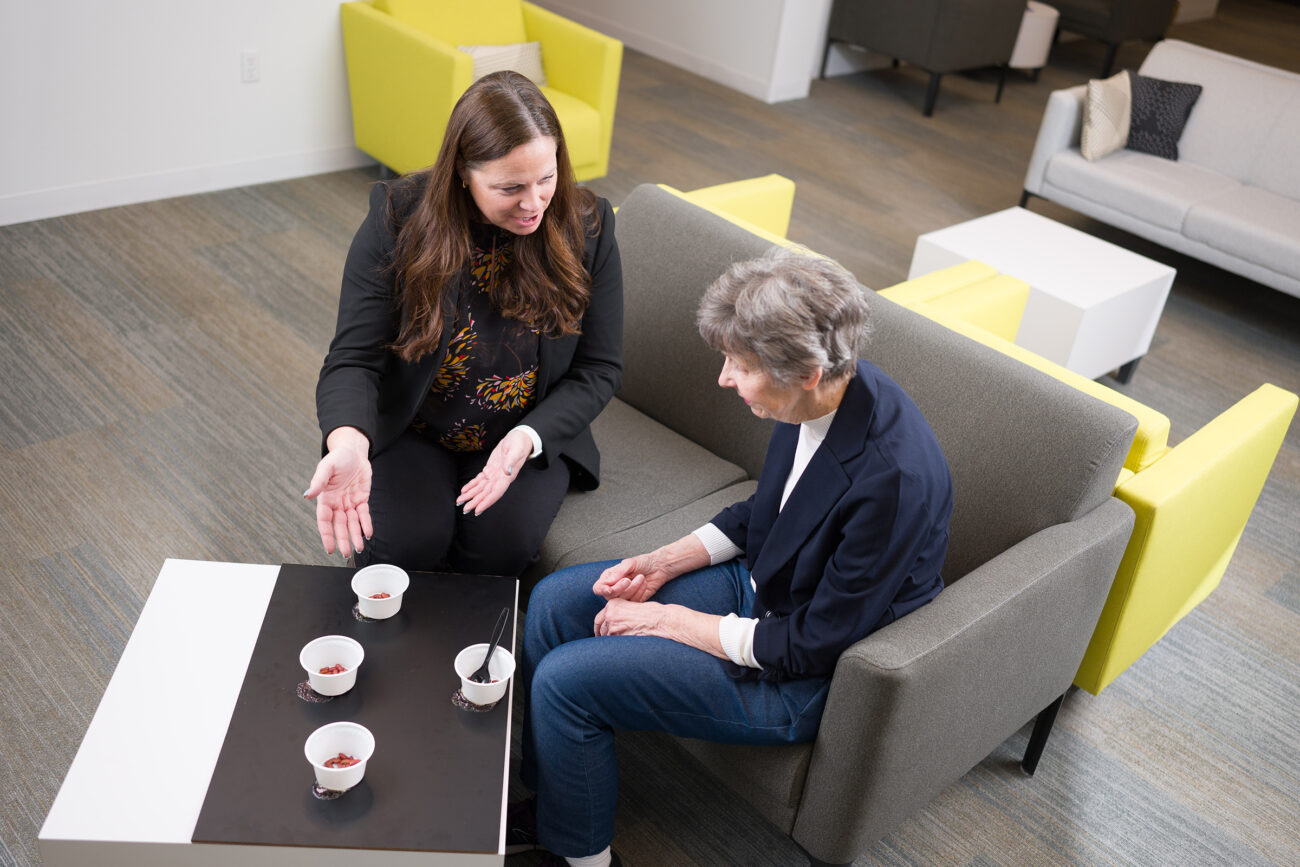Sparking STEM Interest in Rural Utah
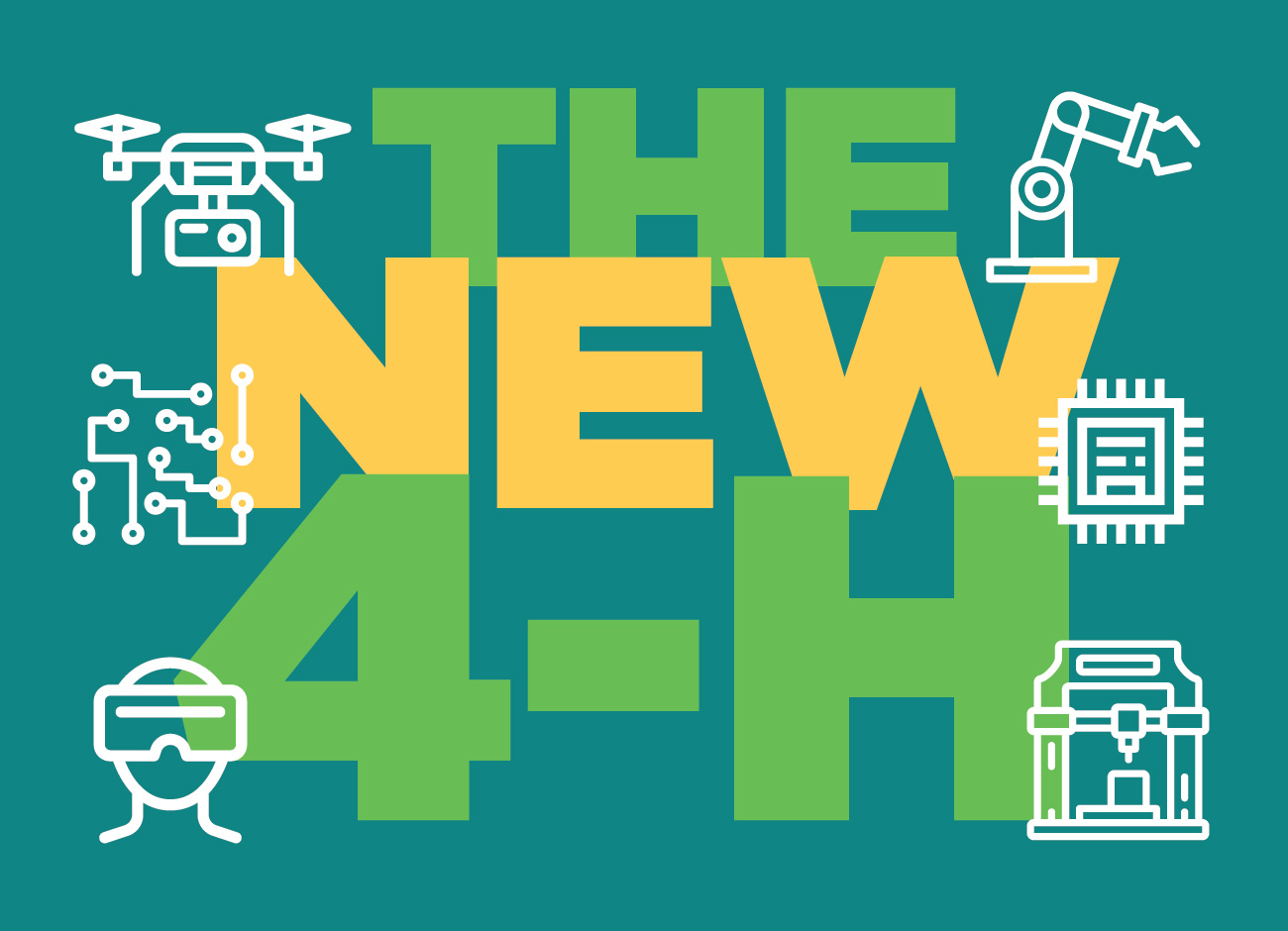
The Kane County Best Friends Animal Society approached 15-year-old Kellen Cotter to see if he would design a prosthetic beak for a wounded bird in their care.
Cotter created a model of the beak to 3D print using Science, Technology, Engineering, and Math (STEM) skills he recently sharpened in a 4-H youth development program.
“The bird had a broken beak, and we put a new one on,” he says. “And it worked as good as new! It was such a satisfying experience!”
Young people in rural areas often do not have the same access to STEM education as suburban youth, according to the Hechinger Report, a national educational newsroom. But rural Kane County, with a population of around 7,000, has a thriving STEM program because of a partnership between Utah State University Extension’s 4-H program and the Kane County School District. Despite all the elementary schools receiving financial assistance as Title 1 schools, 80% of students in the district participate in computer science and coding education before they reach middle school.
Cotter loves the welcoming people and attitude that comes with participating in 4-H. In the last two years he has seen the STEM program help young people learn new skills that can help them with job opportunities as well as adults learn technology from youth.
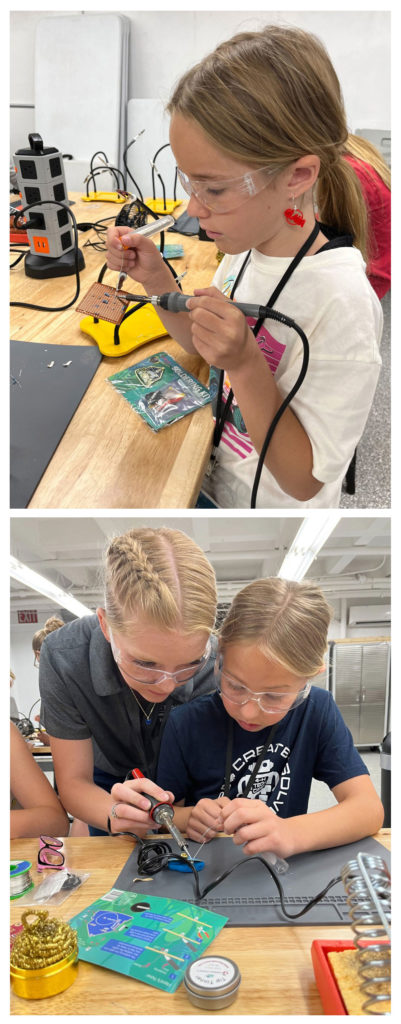
“The 3D design part of STEM demonstrates how math works,” he says. “I wish I would have had access to 3D modeling in middle school because it would have been so helpful to understand the math of 3-dimensional shapes back then!”
In 2016, 4-H implemented a small computer science program for students in Kanab Elementary School with funding provided by a grant from the Utah STEM Action Center. The program now has 250 students in grades 2 through 8 participating in coding education each year and sparked increased interest in computer science. The 4-H program addressed growing demand by expanding computer science and STEM opportunities for pre-K through 12th grade students. In 2020, 4-H opened a Makerspace in Kane County, which provides a venue for 4-H STEM activities, teen leadership programs, and practice space for 14 First Lego League Robotics teams.
Elizabeth Davis, Extension 4-H professor in Kane County, and Angie Reidhead, 4-H program coordinator, work to provide opportunities for students to develop the necessary skills, including computer science and leadership, to prepare for the evolving work environment.
“Having a solid group of teen leaders who are invested in learning and growing and sharing their skills with the community has facilitated the implementation and growth of other great programs,” Reidhead explains.
One such program is an annual STEM event held in January that allows local families to experience hands-on STEM activities such as virtual reality, augmented reality, drones, circuitry, robotics, 3-D printing, and more.
“In Kanab, a town of approximately 4,500 residents, more than 815 people attended the event, which shows the investment community members have in STEM programming for their children,” Reidhead says.
The multi-day summer STEM camps offered by 4-H always have a waiting list. And the girls-only STEM camp has drawn significant praise because of the innovative approach to engaging female students in technology education. Studies show that girls participating in female-only STEM camps are more likely to pursue STEM-related careers, which often come with more lucrative salaries than non-STEM occupations.
According to Susan Madsen, USU Utah Women & Leadership founding director, most young children have similar capabilities in math and science, but unfortunately, many girls lose confidence in math by the third grade.
“So, by the time students enter college, men dominate the STEM majors, particularly math-intensive fields such as physics, engineering, and computer science,” she says.
Though there is work to be done, Madsen says there have also been great strides to increase women’s participation in STEM through coding clubs, camps, and scholarships. Many schools in the Utah System of Higher Education organize K-12 girls-only STEM summer camps.
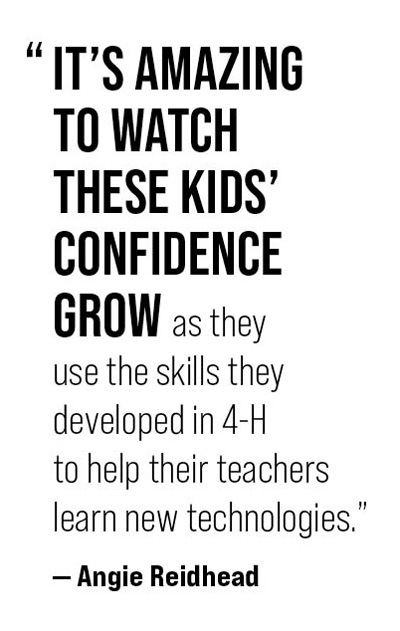
Mia Kabella was just eight years old when she became involved in Kanab 4-H STEM.
“My favorite part of STEM is being able to constantly grow and learn new things,” she says.
However, 4-H STEM benefits local teachers by training them to provide hands-on learning with augmented and virtual reality, coding projects, and Sphero coding robots to teach computer science standards. Another added benefit? Seeing 4-H youth step into new roles as classroom instructors.
“It’s amazing to watch these kids’ confidence grow as they use the skills they developed in 4-H to help their teachers learn new technologies,” says Reidhead.
STEM programming may play a role in keeping youth in their home communities. Improving rural infrastructure — roads, bridges, broadband access, and promoting telework options — is critical to provide employers and workers with opportunities to grow and thrive, Reidhead says.
While many people may associate 4-H programs more with agriculture than computer science, 4-H STEM is a direct continuation of its mission.
“The goal of 4-H is to make the best better and inspire the next generation of leaders, inventors, entrepreneurs, and problem solvers,” Davis explains. “We are taking that to heart with our STEM programs and have seen amazing engagement with our youth. This is particularly important in rural areas where mental health concerns are high and resources are sparse.”
By Julene Reese ’88
For more information on STEM opportunities for children and teens, visit the Utah STEM Action Center and UWLP for Programs for Girls/Young Women.



